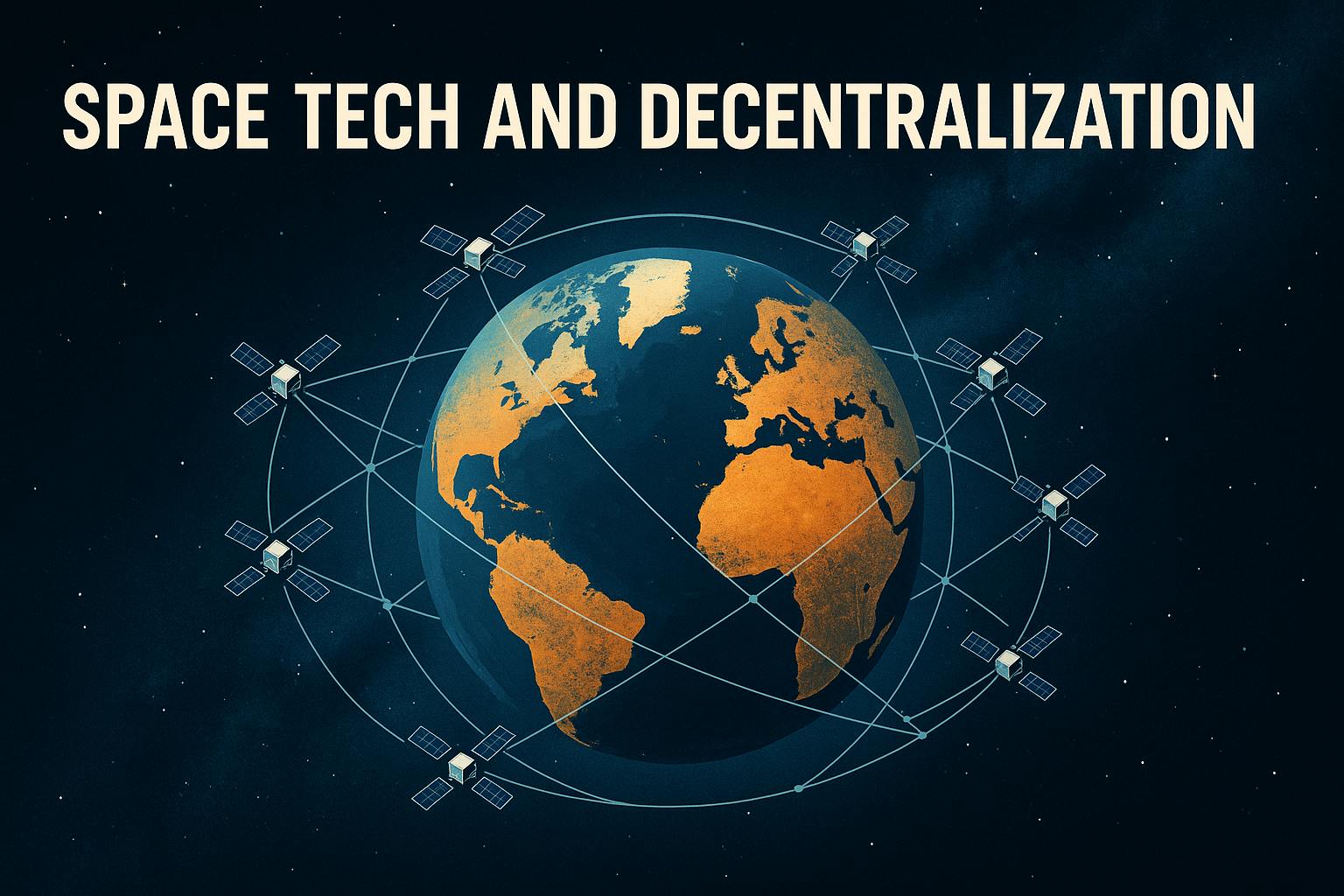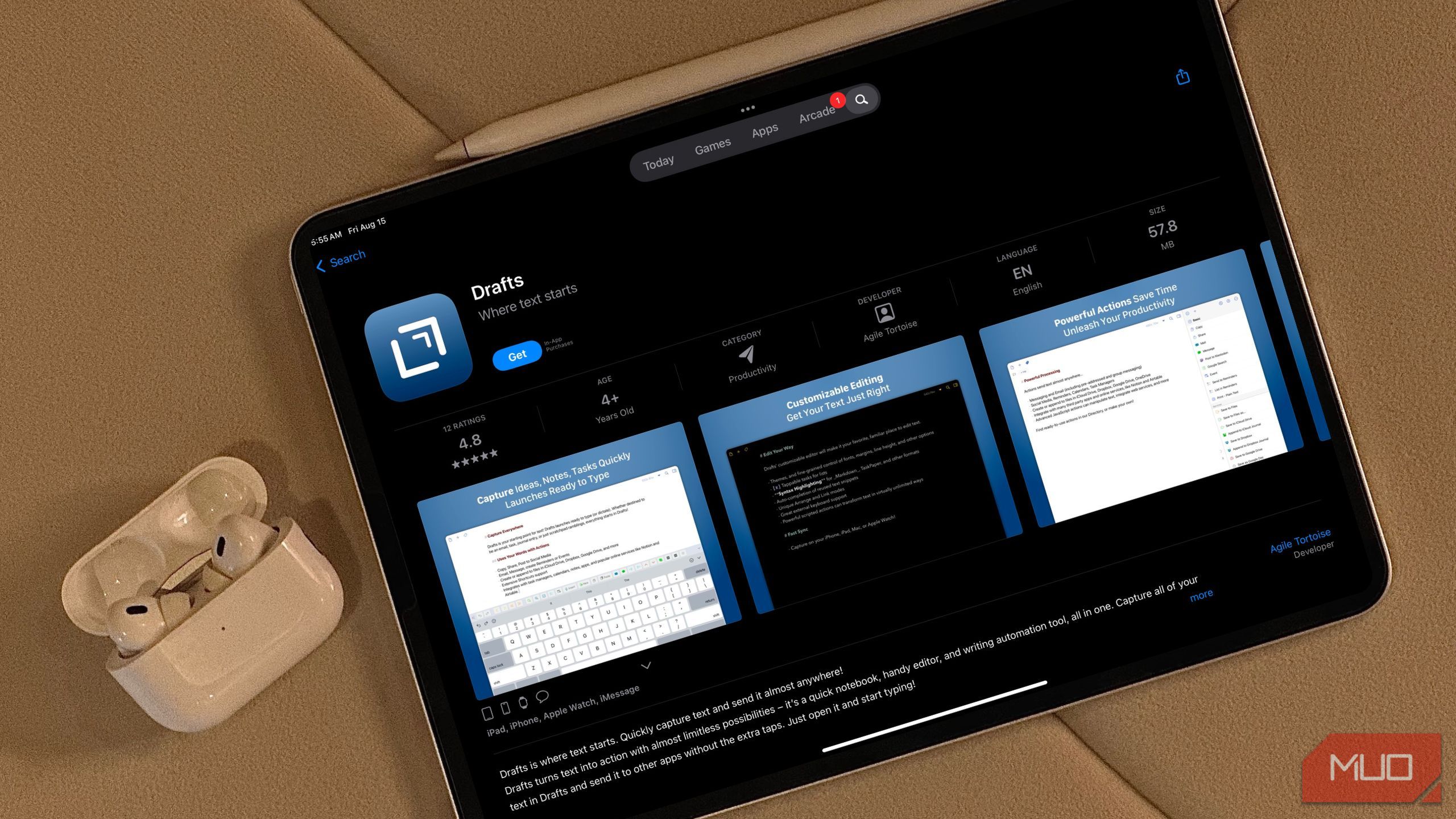Since the early days of space exploration, satellites have been used for observation, communication, and scientific research. But today, we’re witnessing a major shift: space is evolving from an exploratory frontier into a vital layer of global infrastructure. Spacecoin sits right at the heart of this transformation—bringing together satellite technology and blockchain coordination to create a decentralized internet built from orbit.
From the Ground to Orbit: The Evolution of Internet Infrastructure
For decades, the internet has relied on cables, data centers, and wireless towers scattered across the Earth. While these systems have served us well, they come with serious limitations. They’re expensive to build and maintain, susceptible to natural disasters and political interference, and often leave remote communities disconnected.
Enter Low-Earth Orbit (LEO) satellites. Positioned between 500 to 2,000 kilometers above Earth, these satellites offer low-latency, high-bandwidth coverage that can span the globe. In recent years, a growing number of companies and governments have started launching constellations of LEO satellites, forming mesh networks that can serve as a new kind of digital backbone.
But here’s the catch: most of these networks are still centrally controlled. They expand coverage, but they don’t fix the deeper problems of surveillance, censorship, or monopoly.
Turning Orbit into a Decentralized Network Layer
That’s where Spacecoin comes in. By applying blockchain principles to orbital infrastructure, Spacecoin transforms each satellite in its network into a decentralized node. These satellites provide internet connectivity while also validating transactions on the Creditcoin blockchain. Instead of routing traffic through corporate-owned data centers, users interact directly with a peer-to-peer, cryptographically secure network that exists above national borders.
This model has a few key advantages:
- Resilience: Satellites are unaffected by floods, fires, or infrastructure sabotage.
- Censorship Resistance: Satellite signals are harder to block or filter.
- Borderless Access: Connectivity is determined by orbital paths, not government jurisdictions.
Using Creditcoin’s blockchain, Spacecoin also enables a decentralized marketplace for bandwidth. Smart contracts handle payments, access rights, and service enforcement without the need for middlemen.
Space as a Commons, Not a Monopoly
Much of the internet today is controlled by a few powerful players. Spacecoin challenges that by creating an open, participatory model for orbital connectivity. In doing so, it draws from earlier ideals of space as a shared human resource—a domain where cooperation should outweigh competition, and access is universal, not exclusive.
By anchoring governance and transactions on-chain, Spacecoin ensures that no single government or company can dominate the network. It’s a more democratic, transparent way to build infrastructure—and a meaningful example for other space-based technologies that want to avoid the pitfalls of centralization.
Space Tools with Earthly Benefits
Space technology is a broad category that includes satellites, propulsion systems, remote sensing tools, and more—all built for use beyond Earth’s atmosphere. One of the most impactful tools in this domain is the LEO (Low-Earth Orbit) satellite network. While originally intended for Earth observation or basic communications, LEO satellites are now poised to radically improve life on Earth by delivering global internet access. In regions where laying fiber optic cables is economically or logistically unfeasible, LEO satellites can offer real-time connectivity, support telemedicine, power remote education, and enable participation in the digital economy. Beyond connectivity, these tools also contribute to climate monitoring, disaster response coordination, and precision agriculture—all critical to sustainable development.
How Space Advancements Bring Us Closer to Decentralization
More broadly, advancements in space technology are bringing us closer to a decentralized internet by shifting the physical layer of connectivity away from ground-based monopolies. Traditional internet service depends heavily on infrastructure that is regionally bound and politically controlled. In contrast, LEO satellite networks orbit above national jurisdictions, enabling the possibility of neutral, distributed access.
Spacecoin leverages these advances by building a decentralized network of LEO-based nodes that also function as validators on a blockchain. This convergence of space and cryptographic technologies allows not only for censorship-resistant connectivity but also for programmable, trustless coordination among users worldwide. Each advancement in space launch capability, satellite miniaturization, and orbital networking brings this decentralized vision closer to reality.
As space gets more crowded and contested, coordination will be crucial. Spacecoin’s model—on-chain governance, peer-provided services, and cryptographic transparency—offers a new framework for managing shared orbital resources.
While it begins with internet access, this model could go much further. Imagine decentralized frameworks for tracking space debris, managing satellite frequencies, or even building governance for future lunar and planetary networks.
At its core, Spacecoin asks a bold question: What if we could rebuild the internet—not just from the ground up, but from orbit down—with openness, resilience, and user empowerment at the center?
Reclaiming the High Ground
Spacecoin reimagines space not as a place of conquest, but as a foundation for freedom. By integrating blockchain with satellite infrastructure, it lays the groundwork for a truly borderless, trustless, and inclusive internet.
In doing so, it not only helps bridge the global digital divide—it redefines the sky itself as the next frontier of digital rights.










